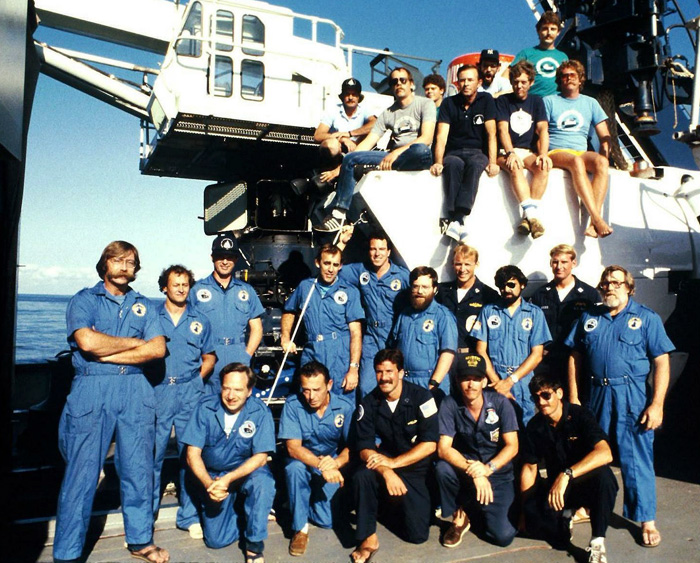The quest to map Titanic
- On 13/04/2012
- In Famous Wrecks
- 0 comments

From Oceanus
Bill Lange was aboard Knorr in 1985 when the Woods Hole Oceanographic Institution research vessel brought back the first grainy black-and-white images of Titanic resting on the seafloor.
Ever since, Lange has made it his quest to push the boundaries of imaging technology, engineering one-of-a-kind camera systems and operating them in the deepest and most extreme parts of the world’s oceans.
Lange, who directs the Advanced Imaging and Visualization Laboratory at WHOI, has returned to the Titanic site several times.
He played a major role in a 2010 expedition that yielded new, richly detailed views of the ship and wreck site that were published in 2012, the 100th anniversary of Titanic’s sinking.
The original Navy-funded expeditions in 1985 and 1986 used Titanic as a target to test pioneering deep-sea technology.Were camera systems on the list ?
Bob Ballard and a few of us had dreams of bringing color video back from the deep, but camera systems to do that didn’t exist at the time.
Designing a deep-sea camera system is a lot more than just taking a camera off the shelf and putting it in a pressure-resistant tube.
There’s a lot of engineering that goes into making these cameras work efficiently at depths of more than 13,000 feet, withstand pressures of 10,000 pounds per square inch and a range of temperatures from 100°F on deck to near freezing on the seafloor; operate on really low power; and produce high-optical-resolution images in very low light levels.
There really isn’t a big market for camera systems like that, so it’s not economical for a commercial vendor to build one.
As it turned out, Titanic has been a great driver for advancing our imaging, lighting, and other technologies in the deep sea. The constant desire of people to know more about Titanic has provided funding and resources to go back to Titanic over the years.
It helped drive our desire to keep bringing technology to the next level and improving the imaging capabilities for the scientists and the public.
What was the state-of-the-art technology in 1985 ?
The Argo towed camera sled system developed by Bob Ballard in 1985 was a paradigm shift.
In the past, scientists had towed underwater metal sleds with 35-millimeter cameras above the seafloor with no electrical connection to the surface.
You’d bring the camera back up to the surface, remove the film, and wonder what you had documented.
If you were fortunate enough, you had a way of developing the film out at sea and then knowing a day or so later what you had surveyed.
You didn’t see in real time what those cameras were seeing and thus loss valuable decision and ship time.
Add a comment